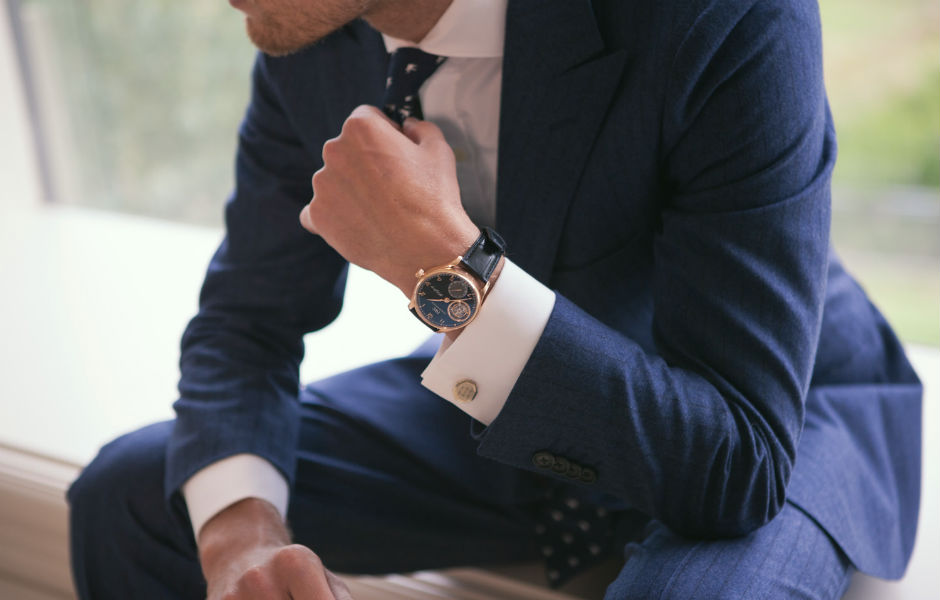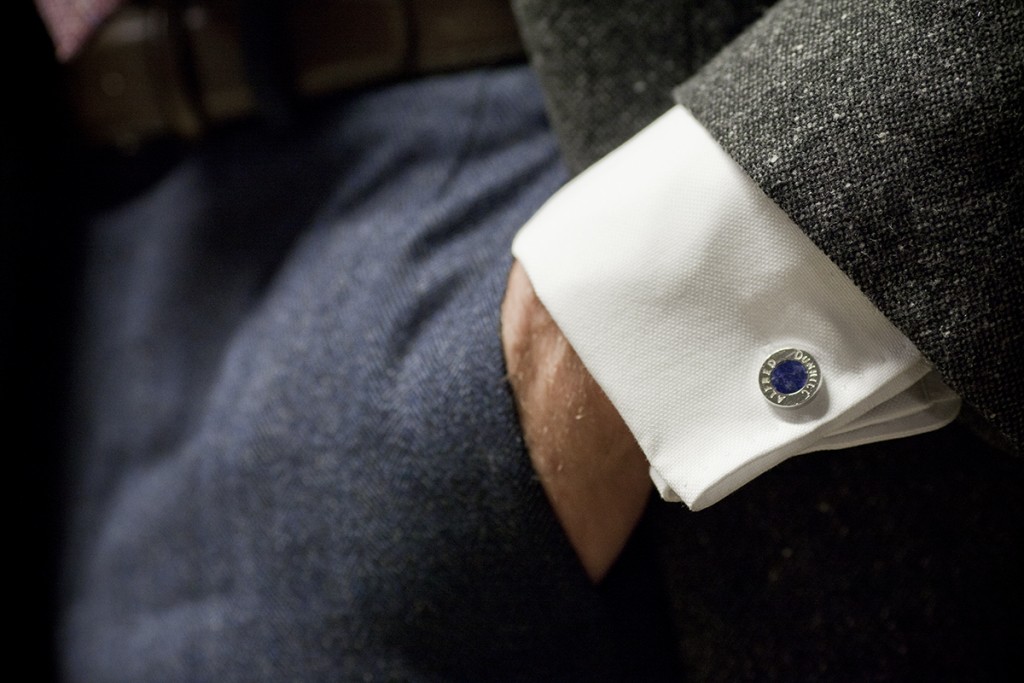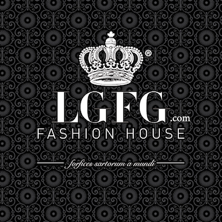How and when to wear a French cuff
We’ve all heard some form on an anecdote how women are luckier than men in fashion since they have a wide selection of formal clothes and styles whereas men only have suits and tuxedos. Men can only have a little variation through shirt colour and tie prints. But there is one style element that is often ignored – the cuff links, which replace buttons in holding a shirt’s cuffs sealed around a man’s wrists. French cuffs – much like pocket squares – are one of the more confusing sartorial subjects. Most fellows don’t know when they should or should’t wear them – let alone how they should be worn, or the subtle style points that make them work with an outfit. Yet, when else can a man wear a piece of jewellery that’s both functional and ornamental?

Before wearing cufflinks there are a few things to keep in mind: you have to know how to wear them and when to wear them. It is also important to understand the types, materials and styles of cufflinks to save yourself from investing in junk. The first and most helpful thought to keep in mind is that French cuffs are intended for more formal occasions (important meetings, interviews, weddings etc.). This means they don’t need to be worn every day. In fact, even Presidents rarely wear them outside really important meetings or dinners. We suggest to wear French cuffs when you want others to notice your attention to the finer points.
So keep in mind these few things before deciding to wear a French cuff:
* Cufflinks come in many shapes, sizes, styles and materials. And they offer more contrast and personalization than a button does.
* The classic rule is that French cuffs should only be worn with suit jackets. That is easy to follow because these cuffs are generally worn in formal occasions which already require a suit jacket. But as the style rules are often broken by many famous style-icons then nowadays it could be acceptable to wear them also with a blazer and a pair of jeans. But be sure to apply the usual sleeve length rules: a quarter inch to an inch of shirt sleeve should extend beyond the jacket sleeve.
* The other classic rule is that French cuffs should always be accompanied by a tie. It’s up to you wether it is a bow tie or a neck tie. But skipping the tie is not an option.
* French cuffs should always be secured with cufflinks. No exceptions. Otherwise it just looks messy and gives the impression that either you don’t care how you look or simply don’t know how to wear a double cuff shirt properly.
* Cuffs should always be fastened in the “kissing” position (see from the picture below). This way they form a sort of teardrop shape around your wrist – not rolled into a barrel shape like normal cuffs.

* Choose a cufflink that compliments your ensemble, not one that empowers it.
* If the event you’re attending is more professional, skip the loud links and go with something more subdued. If it’s more social, go ahead and pick one with a snappy colour. Just keep it classy and you’ll never go wrong.
* Do not wear cuff links to work daily unless you’re the boss. Otherwise opt for cufflinks for formal events and interactions with clients.
* Be sure to have a range of cufflinks to choose from for your next event. Either at work or socially.
* French cuffs portray class, drive and power – but only when worn correctly.






